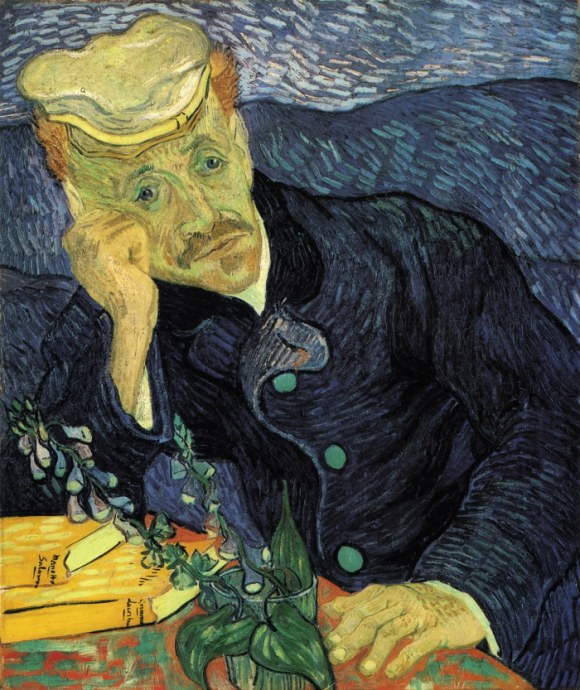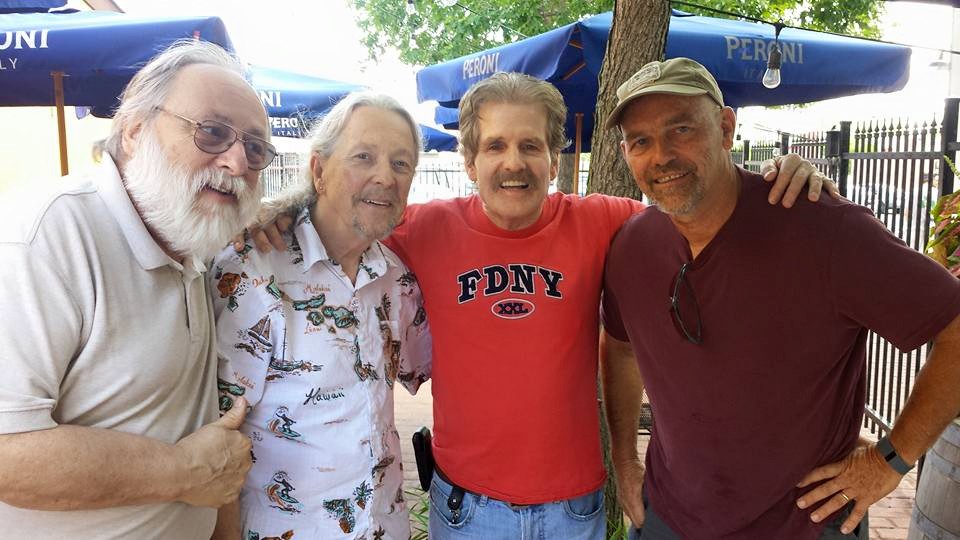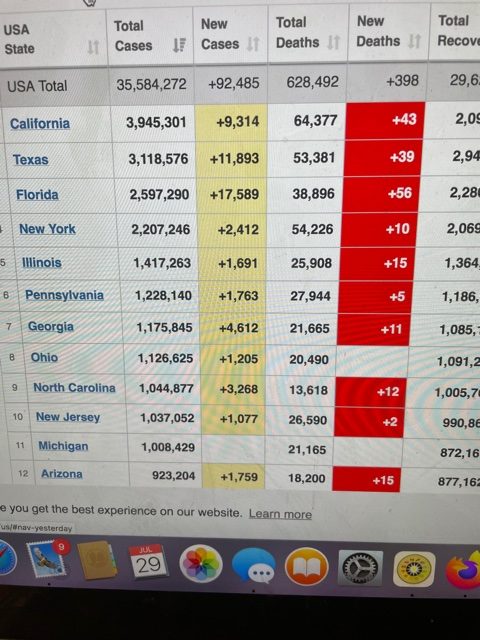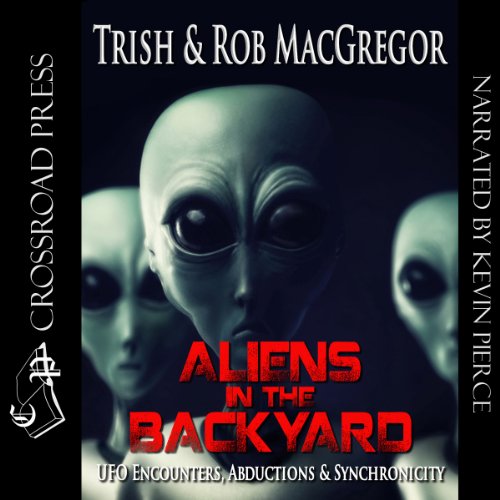A new episode of The Mystical Underground is live! “PMH Atwater: The Forever Angels”:
Join Trish and Rob for a conversation with…
P. M. H. Atwater, one of the original researchers in the field of near-death studies. She began her work in 1978 after experiencing three near-death experiences herself. She has written eighteen books on the subject.
“Near-Death Experiences: The Rest of the Story” wraps up her early work with nearly 5,000 adult and child experiencers of near-death states, while further exploring her theory about transformations of consciousness.
Her book called “The Big Book of Near-Death Experiences,” was featured in an online version of Newsweek Magazine; and “The New Children and Near-States” along with “The Forever Angels: Near-Death Experiences in Childhood and Their Lifelong Impact,” which we will focus on today== offers a new perspective child experiencers.
PMH has received numerous awards and honors for her work. In 2010, she was awarded the Nancy E. Bush Award for Literary Excellence and the Lifetime Achievement and Special Services Award, both from the International Association For Near-Death Studies.
She became a researcher in the field of near-death studies after hearing a powerful voice urge her on during her third NDE. She has a monthly newsletter that you can sign up for free.


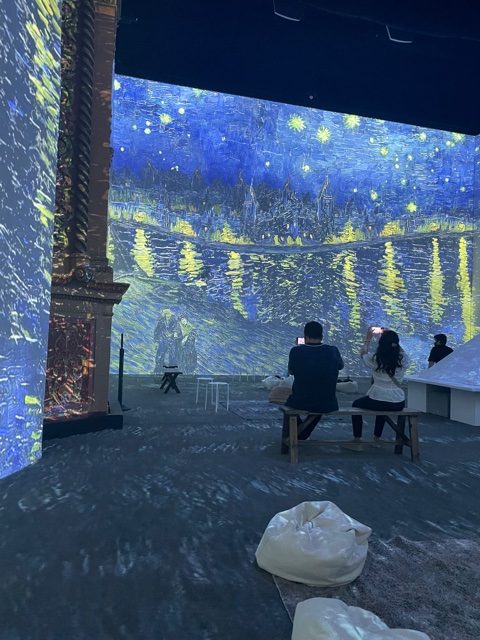 This van Gogh exhibit is showing in various places throughout the country. If you get a chance to see it, by all means do so. The videos I took were too long to get on the blog, but these stills give you some sense of the man’s stunning genius.
This van Gogh exhibit is showing in various places throughout the country. If you get a chance to see it, by all means do so. The videos I took were too long to get on the blog, but these stills give you some sense of the man’s stunning genius.